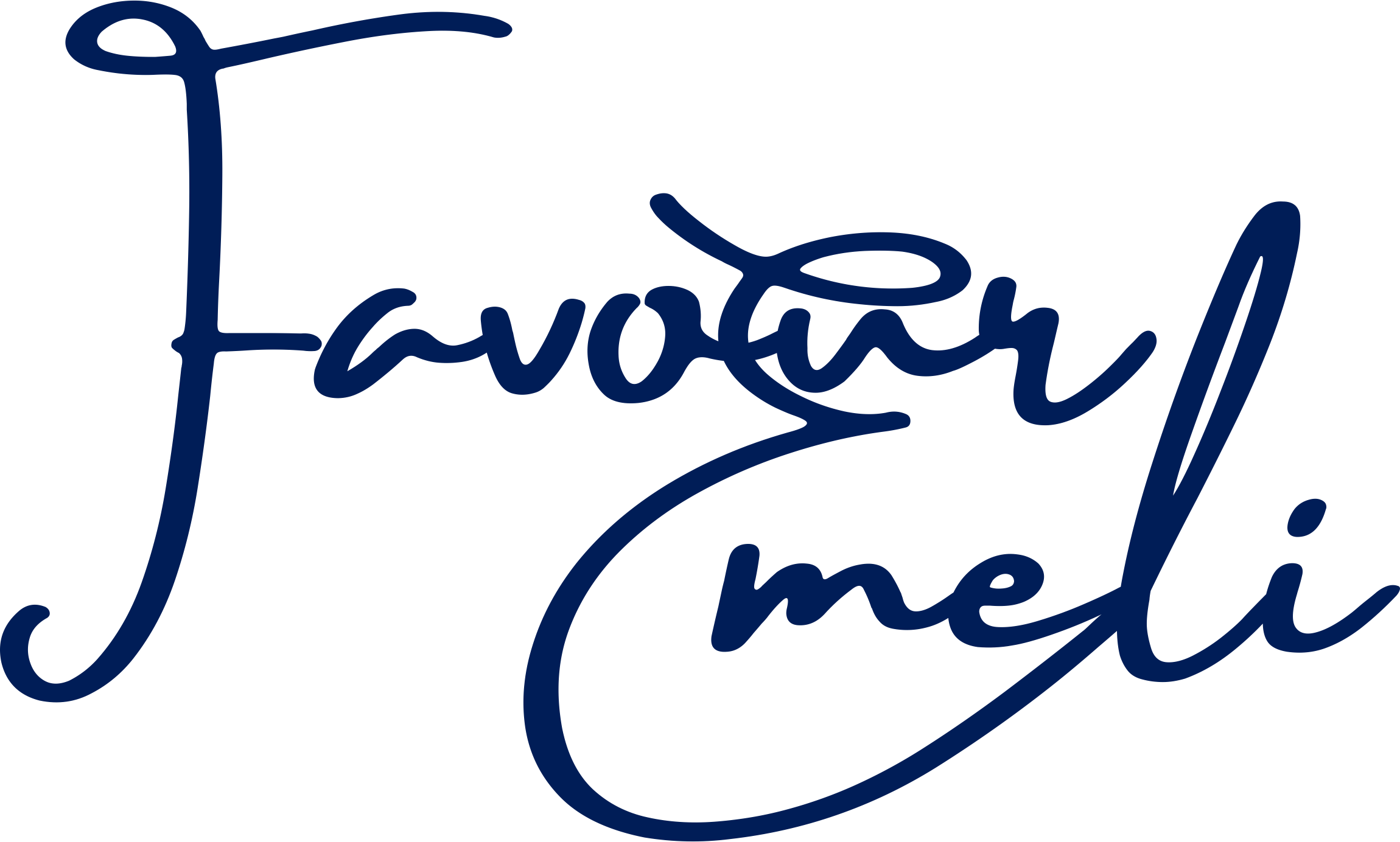Conflict is a natural part of any workplace. When people with different perspectives, personalities, and goals work together, disagreements are bound to happen. But conflict doesn’t have to divide a team; it can actually strengthen it. The secret lies in workplace conflict resolution, which transforms tension into understanding and collaboration.
Handled the right way, conflict can spark creativity, reveal hidden problems, and lead to better decisions. Unfortunately, many organizations either ignore it or handle it poorly, allowing resentment and frustration to grow. By learning how to address conflict constructively, leaders and employees can turn difficult moments into opportunities for growth and teamwork.
Every workplace needs to master workplace conflict resolution because when teams learn to handle disagreements with empathy and communication, they create stronger relationships and more resilient organizations.
Understanding the Root Causes of Workplace Conflict
Before solving any problem, it’s important to understand where it starts. The same applies to workplace conflict resolution. Most workplace disagreements don’t arise from major issues; they often stem from small misunderstandings, communication breakdowns, or mismatched expectations.
Common causes include unclear roles, differences in work styles, cultural misunderstandings, or competing priorities. When these aren’t addressed early, they can build tension and affect morale. Personality clashes also play a part; two people can have the same goal but completely different ways of reaching it.
Recognizing these triggers is the first step in preventing escalation. When leaders understand what drives conflict, they can address root issues instead of reacting to surface-level symptoms. This awareness allows them to create an environment where open communication and respect replace frustration and silence. By focusing on the “why” behind conflict, organizations can begin to turn challenges into collaboration.
Effective Strategies for Workplace Conflict Resolution
Turning disagreements into productive discussions takes skill, patience, and the right approach. The goal of workplace conflict resolution isn’t to avoid conflict but to manage it in a way that strengthens relationships and improves results. Here are some effective strategies that help teams move from tension to teamwork:
- Practice active listening: Give everyone a chance to speak and feel heard. Many conflicts fade once people know their opinions are valued.
- Lead with empathy: Try to understand the situation from the other person’s perspective before reacting. Empathy builds trust and reduces defensiveness.
- Encourage open communication: Create a safe space for honest conversations. Misunderstandings thrive in silence, but solutions grow through dialogue.
- Focus on solutions, not blame: Redirect energy toward finding resolutions that benefit everyone instead of dwelling on who’s right or wrong.
- Use emotional intelligence: Recognize and manage your own emotions as well as others’. This helps maintain professionalism and calm during heated discussions.
When teams apply these principles consistently, they not only resolve conflicts faster but also build stronger connections. Workplace conflict resolution becomes a pathway for growth rather than a reaction to problems.
Building a Culture of Collaboration Through Conflict Management
Long-term success in workplace conflict resolution depends on more than just handling disputes; it’s about creating a culture where collaboration thrives. When organizations treat conflict as a normal part of teamwork, employees learn to approach it with curiosity instead of fear. This mindset turns potential breakdowns into opportunities for better communication and innovation.
Leaders play a key role in setting this tone. By encouraging open dialogue, modeling emotional intelligence, and addressing issues early, they build trust across teams. Regular feedback sessions, team-building activities, and clear communication channels also help prevent small disagreements from escalating.
When a company prioritizes collaboration, employees feel safe to voice ideas, share opinions, and challenge assumptions respectfully. This not only improves performance but also strengthens workplace relationships. In such an environment, conflict management in the workplace becomes less about control and more about connection, that is, transforming challenges into stepping stones for growth and unity.
Conclusion
Mastering workplace conflict resolution is one of the most valuable skills any team can develop. Instead of letting disagreements cause division, effective conflict management helps build stronger relationships, improve communication, and create lasting collaboration. When handled with empathy, active listening, and respect, conflict becomes a tool for growth rather than a threat to harmony.
If you want to learn practical strategies to turn workplace challenges into opportunities for success, get the audiobook, Conflict to Collaboration: Turning Workplace Challenges into Growth Opportunities, available now on Spotify, Google Books and Barnes & Noble.

